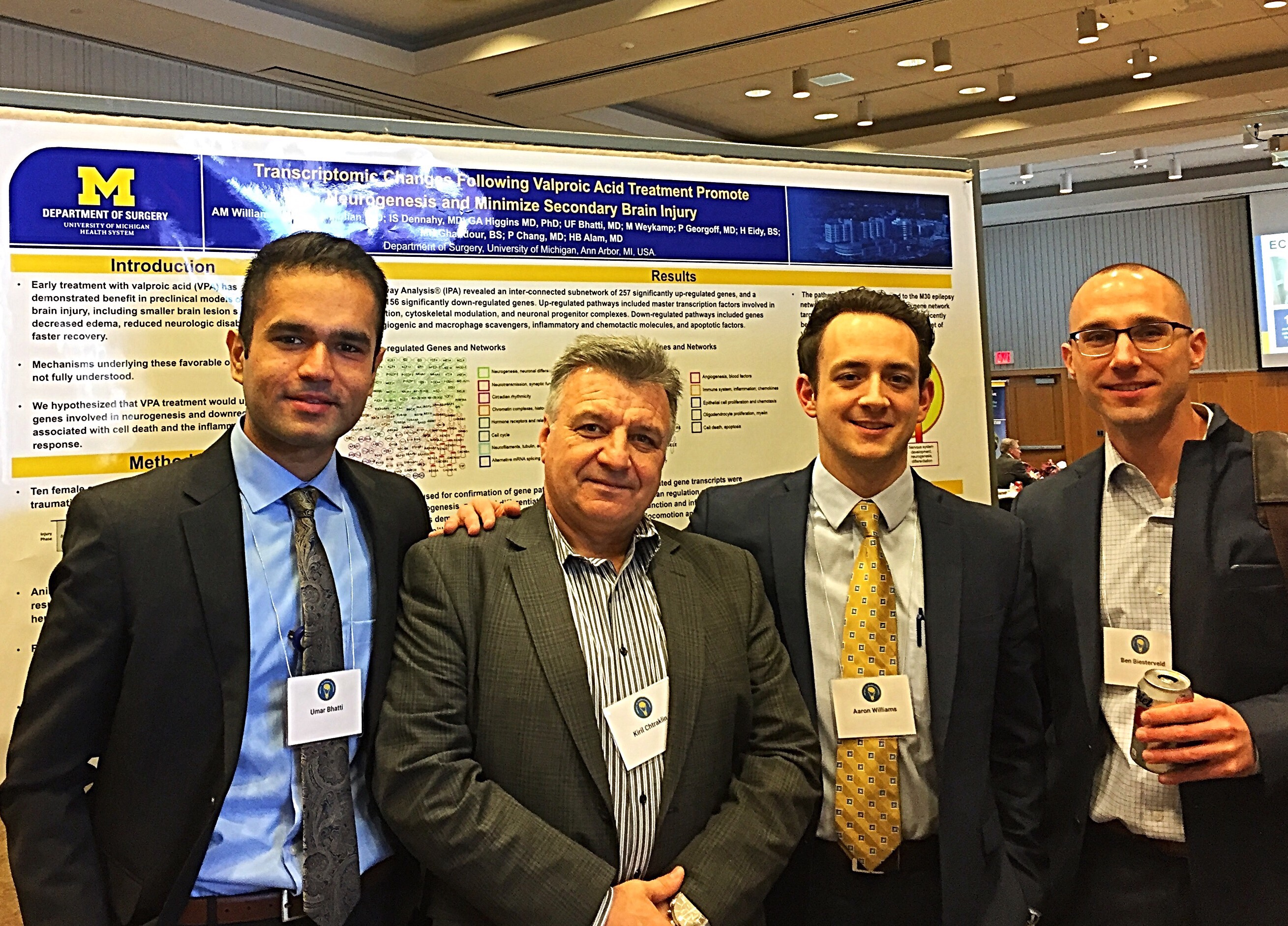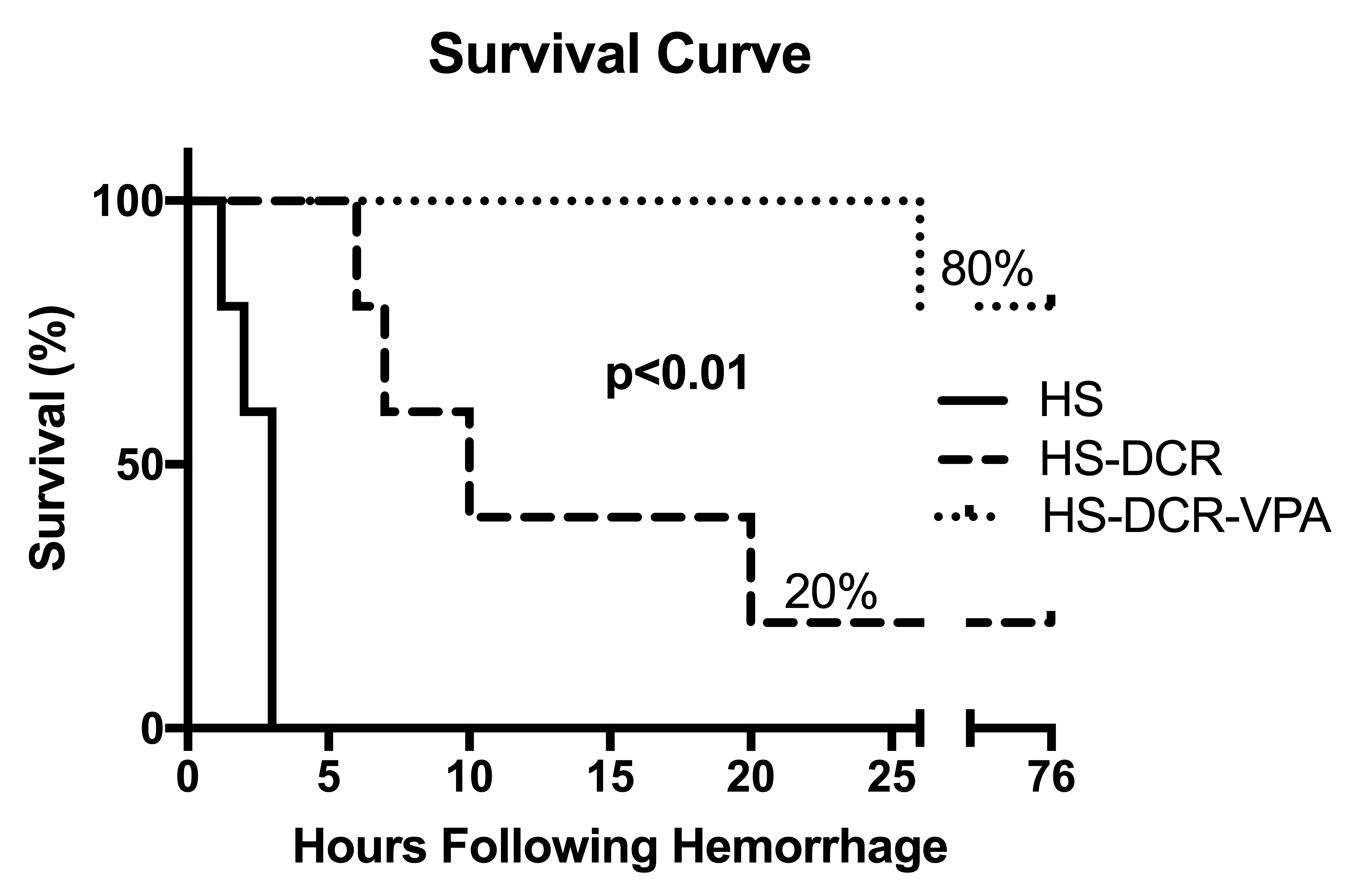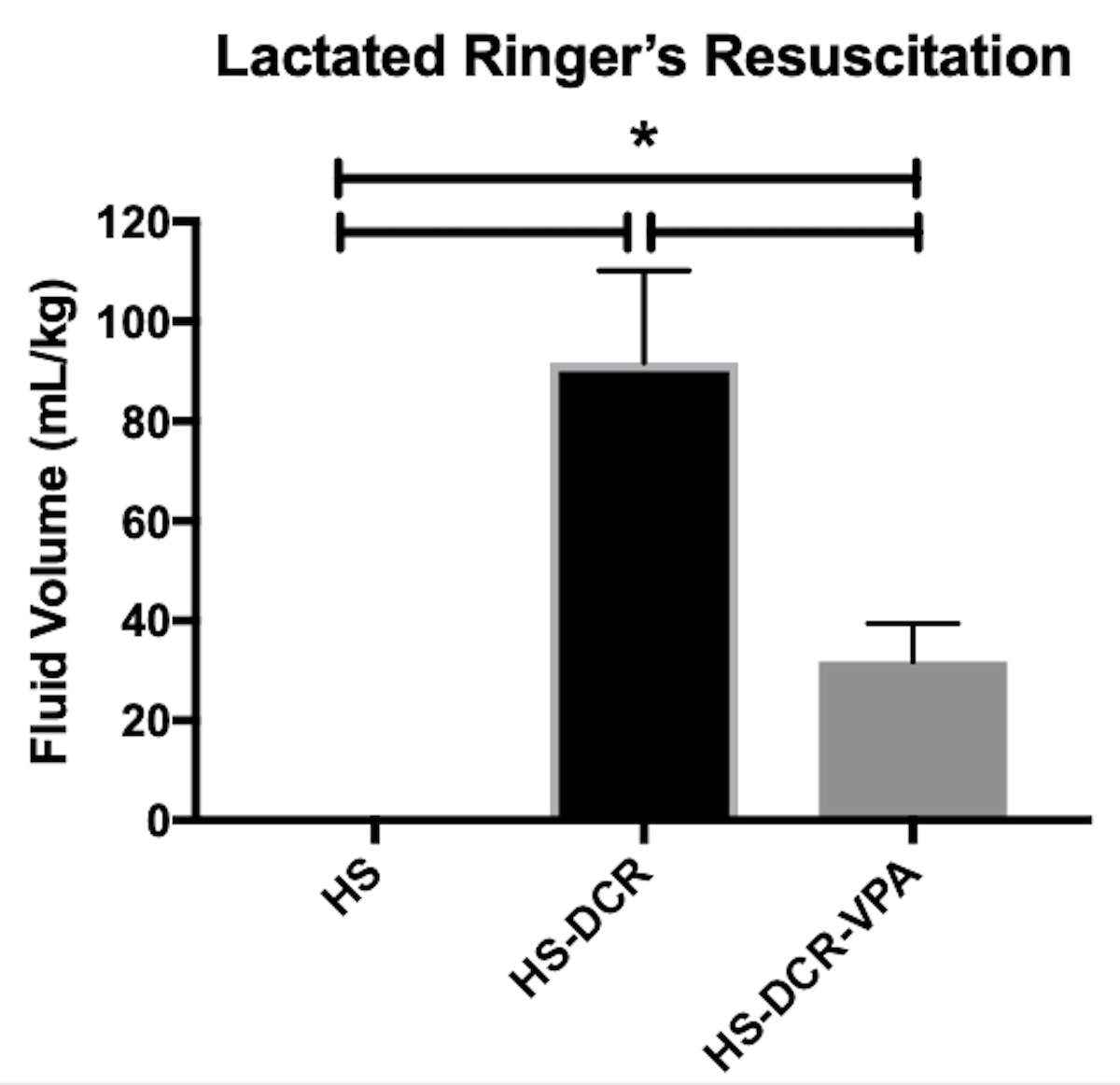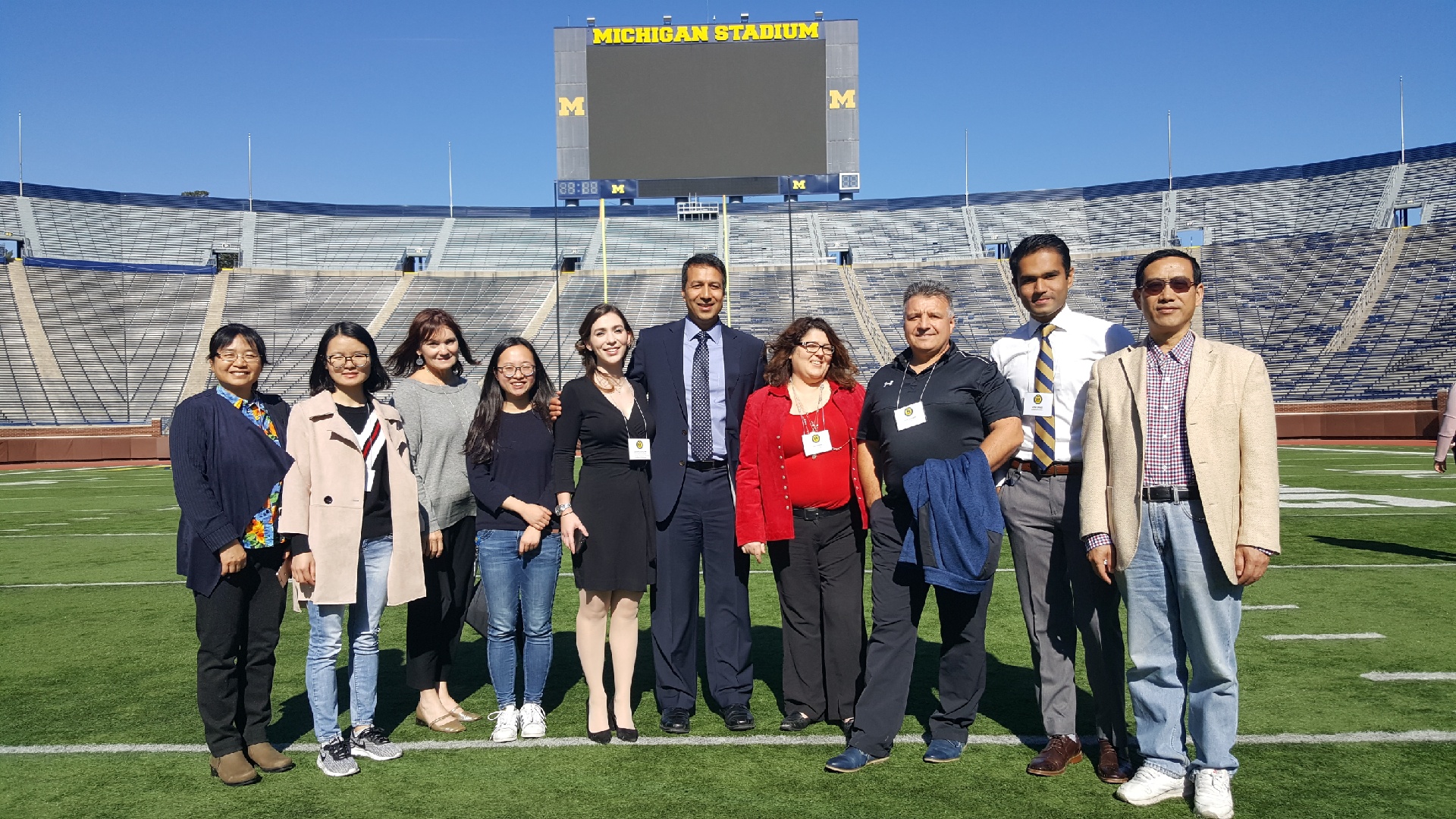Combat Casualty Care (JPC-6)
Novel Prosurvival Strategies Enhance Prolonged Field Care



Posted April 19, 2019
Hasan Alam, M.D., F.A.C.S., University of Michigan

Dr. Hasan Alam,
University of Michigan
Hemorrhage and traumatic brain injury (TBI) are the leading causes of death in both civilian and combat trauma populations; hemorrhage is the number one cause of preventable deaths. It is estimated that ~87% of deaths related to hemorrhage and TBI occur prior to reaching a medical facility, and a quarter of these injuries are classified as potentially survivable1. Current Tactical Combat Casualty Care Guidelines (2018) support the use of damage control resuscitation (DCR), a systematic approach to managing traumatic injuries to prevent bleeding disorders, acidosis, and hypothermia, with emphasis on permissive hypotension, use of blood products, and avoidance of crystalloids. Although DCR has been shown to be effective and safe when administered for less than 8 hours, in combat scenarios where evacuation is usually delayed, prolonged damage control resuscitation (pDCR; greater than 8 hours) has not been evaluated. Thus, novel therapies that enhance survival when pDCR is performed are of interest. Two potential candidate therapies, valproic acid (VPA) and dried plasma (DP) administration, have been shown to improve survival and decrease neurological complications respectively in hemorrhage and TBI cases; however, the benefits of these therapies in enhancing the effectiveness of pDCR are not known.
With support from a Fiscal Year 2016 Defense Medical Research and Development Program Prolonged Field Care Research Award, Dr. Hasan Alam and his team at the University of Michigan sought to evaluate the novel resuscitation strategies, VPA and DP, in a preclinical swine model of pDCR following hemorrhage with and without TBI. Within a year, Dr. Alam was able to successfully create a swine model in which normal DCR strategies would not lead to recovery after 72 hours, allowing for the evaluation of VPA as a pro-survival therapy. 2 Under this model, 80% of pigs that were administered pDCR in combination with VPA survived at least 72 hours post-injury, while only 20% of pigs survived when pDCR was the only intervention. Furthermore, physiological evaluations of pigs given pDCR in combination with a single dose of VPA displayed higher heart rates, systolic blood pressure, mean arterial pressure, and cardiac output, as well as lower lactate levels, reflecting VPA’s ability to stabilize injuries and prevent further organ damage. VPA administration also decreased the fluid requirements during pDCR to one-third of those required in pDCR alone. Availability of supplies is a common problem in combat scenarios, and reduced fluid requirements would enable medics and first responders to treat and stabilize more individuals with less resources.

Dr. Alam intends to continue his research by investigating the pro-survival capabilities of DP. He plans to determine whether DP has the ability to improve survival and decrease resuscitation requirements compared to pDCR alone. If this experiment yields favorable results, combination studies with VPA and DP will be conducted to evaluate possible synergistic pro-survival effects. Overall, Dr. Alam’s work has the potential to enhance current DCR practices by providing extended lifesaving care to Service members and civilians suffering from hemorrhage and TBI, ensuring transportation to medical centers and increasing survival rates.



References:
1 Eastridge B, Mabry R, Seguin P, et al. 2012. Death on the battlefield (2001-2011): implications for the future of combat casualty care. The Journal of Trauma and Acute Care Surgery. 73(6 suppl 5): S431-S437.
2 Williams AM, Bhatti UF, Biesterveld BE, et al. 2019. Valproic acid improves survival and decreases resuscitation requirements in swine model of prolonged damage control resuscitation. The Journal of Trauma and Acute Care Surgery (Accepted for Publication).
Link:
Last updated Thursday, December 5, 2024














